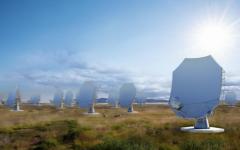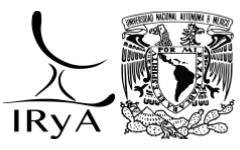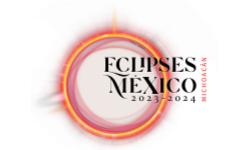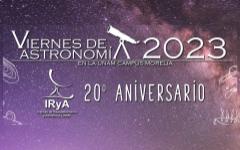The largest astronomical array in North America is one step closer to becoming a reality. The National Radio Astronomy Observatory (NRAO) of the United States announced that the National Science Foundation (NSF, US) has awarded a 3-year, $21 million dollars grant to Associated Universities, Inc. to further the design of the next generation Very Large Array (ngVLA).
To the public opinion.
Last Tuesday, September 12, 2023, the public hearing "Unidentified Anomalous Aerial Phenomena in Mexico" was organized in the Chamber of Deputies of the Mexican Congress. In this forum, supposed physical evidence and anecdotal statements of the existence of extraterrestrial or non-human intelligent life, and of repeated visits by advanced extraterrestrial civilizations to our planet, were presented.
- Solar eclipses are spectacular astronomical events that can be enjoyed while following safety measures.
- The next solar eclipse will be on October 14, 2023. It will be null in areas of the Yucatan Peninsula and partial in the rest of the country. To enjoy it safely we recommend approaching the Mexico Eclipse Committee and the Michoacán Local Committee.
- So far, 10 massive training sessions have been held in 25 states of the country, including Michoacán.
Dr. William Lee Alardín inaugurated Dr. Luis Alberto Zapata González as Director of the Institute of Radio Astronomy and Astrophysics (IRyA) of the UNAM, Morelia Campus, for a second period corresponding to 2023-2027, following his appointment by UNAM’s Junta de Gobierno.
The Institute of Radio Astronomy and Astrophysics (IRyA) at UNAM, Campus Morelia, celebrates 20 years since its creation and invites the public to its Astronomy Fridays during the second semester of 2023. In this cycle, academics from IRyA share general public talks on various astronomical topics (in Spanish), and the public can also observe the sky with telescopes with the support of IRyA graduate students.
Page 5 of 24







